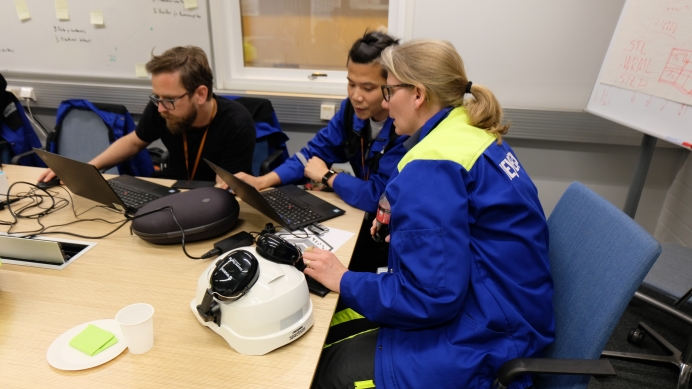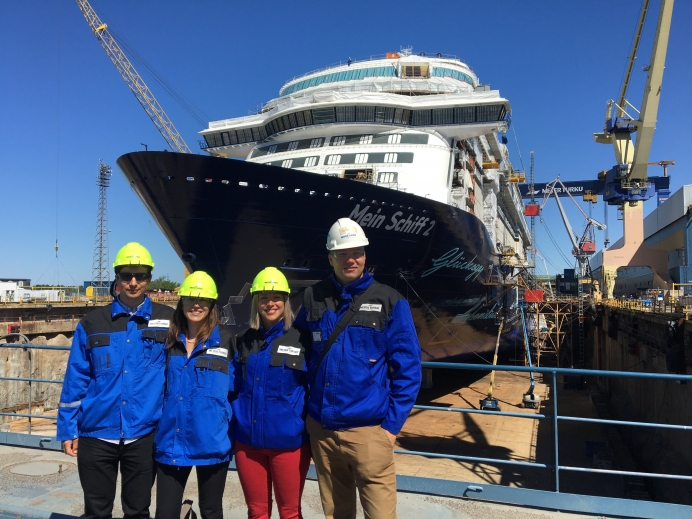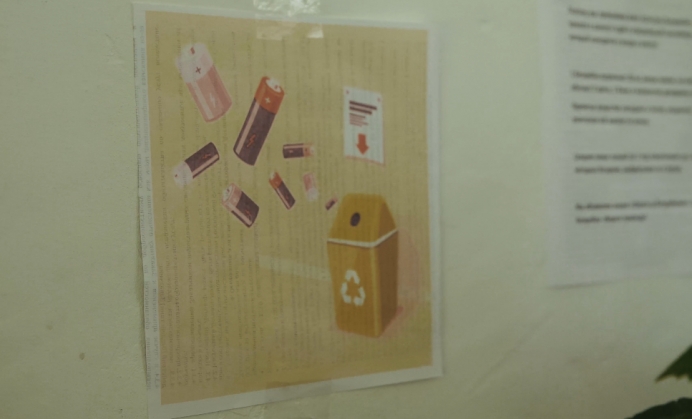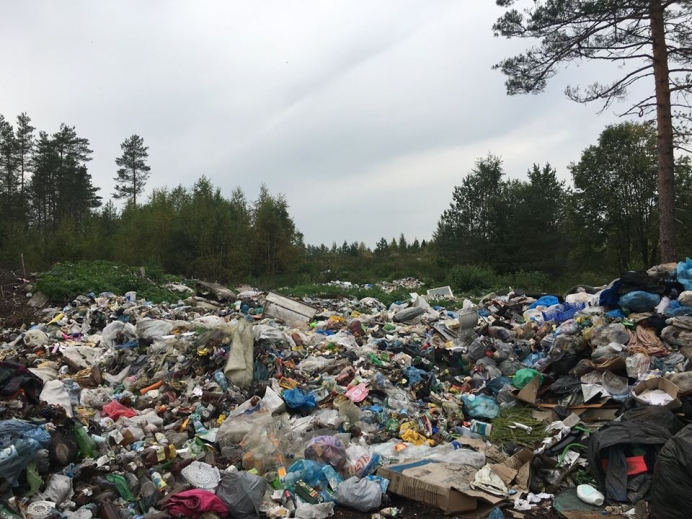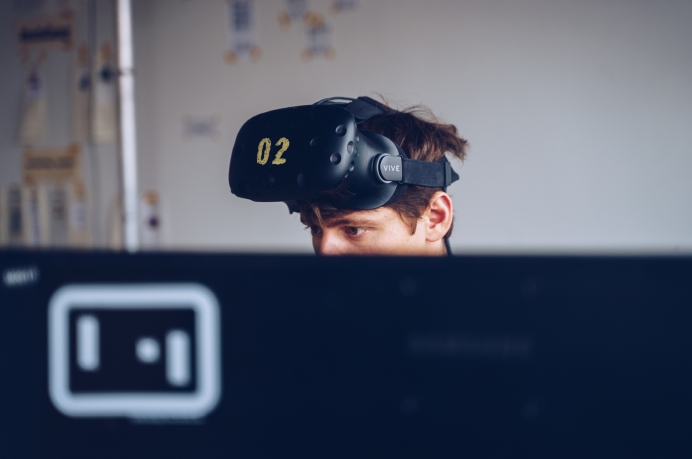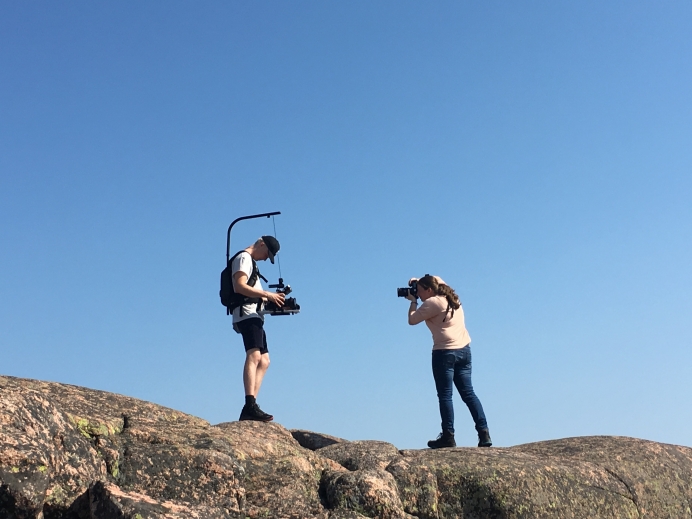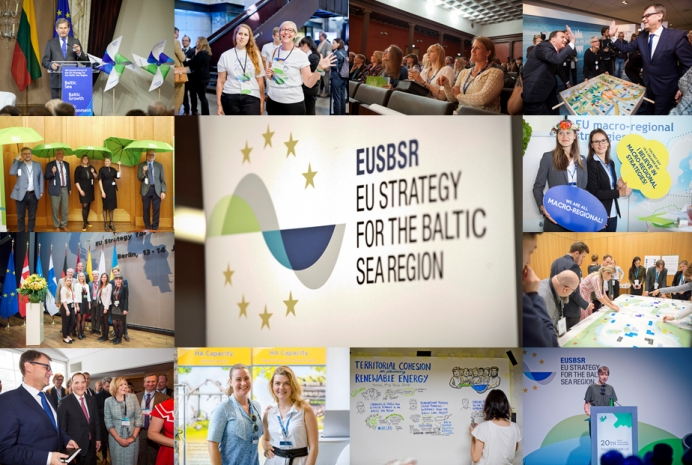Highlights
Friday, 29 November 2019
Carinafour develops business through cooperation
Tuesday, 26 November 2019
Digital solutions and strong private sector involvement for cleaner shipping
Thursday, 21 November 2019
“The process of awareness raising has started” – How to improve waste management in rural villages?
Tuesday, 19 November 2019
Waste brings us together!
Today, litter is a common problem all over the world. And, the Baltic Sea region does not make an exception. However, acknowledging that the challenge is common can lead to think of joint solutions and how to tackle the problem together. This is the approach taken in Wastless Karelias, a cross-border project between Finland and Russia that share the same kind of problems on both sides of the border.
Thursday, 14 November 2019
“It is a good start if you like playing games” – Working as a game developer in the Baltic Sea region
There is no business as usual when it comes to game design, I am told when having a tour in DE:HIVE, a game design centre in Berlin. My guide, Friedrich Schadow, works as a game developer in Baltic Game Industry, an EU funded project that raises awareness of the game industry in the Baltic Sea region.
Monday, 11 November 2019
Prosperity to the region through game industry
”The game industry is the most dynamic creative industry worldwide with an exponential growth rate.” The statement above, found on the website of the Baltic Game Industry project, fits well the mindset of the Baltic Sea Region that scores high in innovation rankings and is known for its experimental attitude.
Tuesday, 05 November 2019
Capturing the uniqueness of the High Coast
Monday, 04 November 2019
Information and experiences at the World Heritage Site
Wednesday, 30 October 2019
EUSBSR in the eyes of people who contributed to its creation
It has been ten years since the EU Strategy for the Baltic Sea region (EUSBSR) has been approved. Today, we can celebrate that the first macro-regional strategy, uniting the countries of the Baltic Sea region (Sweden, Denmark, Estonia, Finland, Germany, Latvia, Lithuania and Poland), helped in successfully addressing the challenges of its first decade and significantly strengthened regional cooperation.




